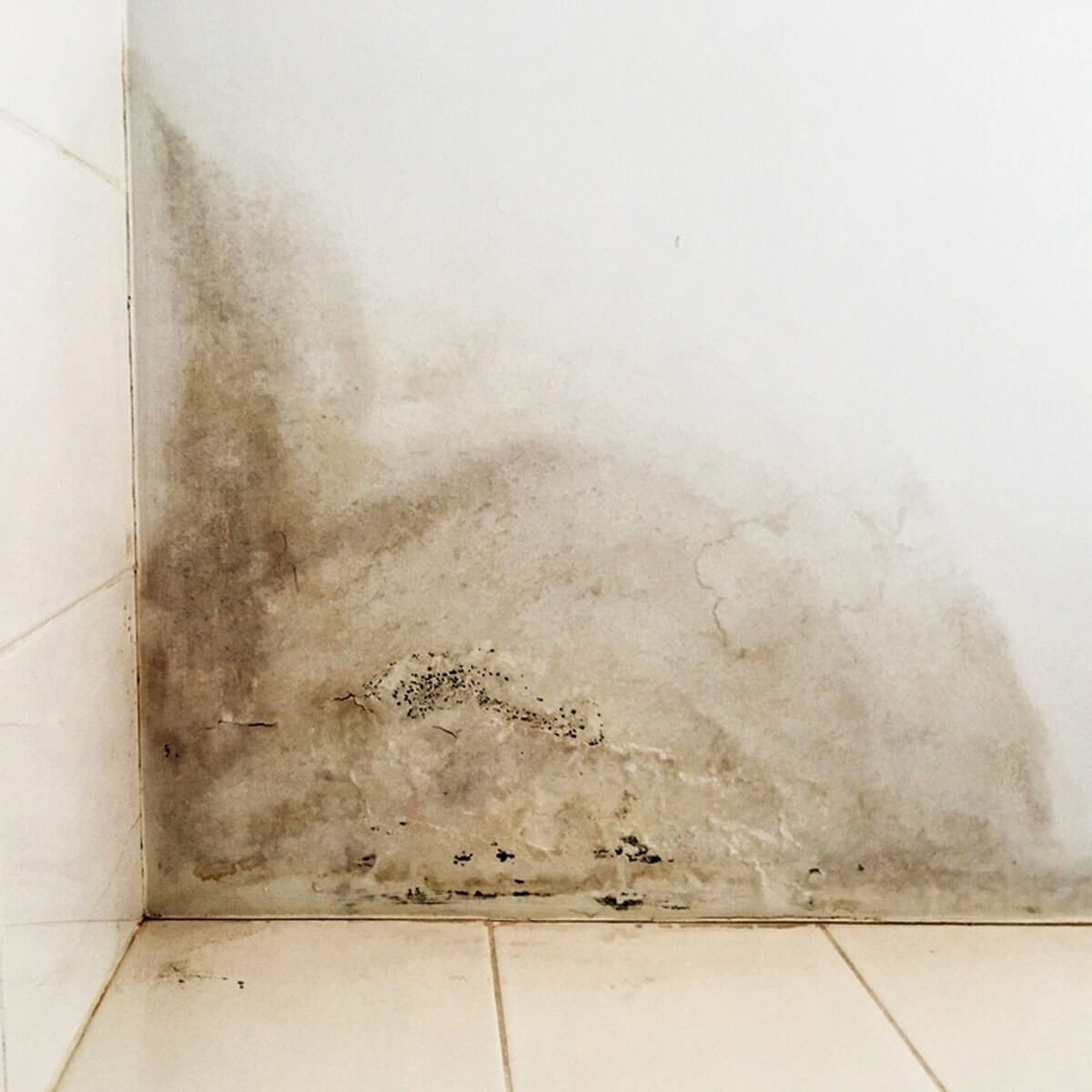Do's & Don'ts of Water Damages.
Do's & Don'ts of Water Damages.
Blog Article
Are you on the lookout for information and facts concerning Ways to Reduce The Risk Of Fire And Water Damage?
Water provides life, but water breach on some parts where it's not meant to be can result in damages as well as trouble. In enhancement, homes with water damage odor old and also musty.
Water can come from numerous sources like hurricanes, floodings, ruptured pipes, leakages, as well as sewer issues. If you have water damage, it's far better to have a functioning understanding of safety and security precautions. Below are a couple of standards on exactly how to take care of water damages.
Do Prioritize Residence Insurance Coverage Protection
Seasonal water damages can originate from floodings, seasonal rainfalls, as well as wind. There is additionally an event of an abrupt flooding, whether it originated from a defective pipe that suddenly bursts into your home. To protect your residence, obtain residence insurance coverage that covers both acts of God such as all-natural catastrophes, and also emergencies like damaged plumbing.
Don't Fail To Remember to Turn Off Utilities
When disaster strikes as well as you're in a flood-prone area, turn off the major electrical circuit. Turning off the power protects against
electrical shocks when water comes in as water acts as a conductor. Do not forget to shut off the major water line valve as a method to prevent even more damage.
If the floodwaters are getting high, keep your furniture steady as they can move around and also cause extra damages.
Do Remain Proactive and also Heed Weather Condition Alerts
If you live in an area pestered by floods, remain prepared and positive at all times. Pay attention to the information and also discharge cautions if you live near a body of water like a creek, river, or lake.
Don't Ignore the Roofing System
Your roofer must take care of the faulty gutters or any other indications of damage or weakening. An evaluation will certainly prevent water from moving down your wall surfaces as well as soaking your ceiling.
Do Take Note Of Little Leaks
There are red flags that can attract your focus and also show to you some weakened pipes in your house. Indications of red flags in your pipes include bubbling paint, peeling off wallpaper, water touches, water discolorations, or leaking audios behind the wall surfaces. Repair service and also inspect your plumbing repaired prior to it results in huge damage to your house, finances, and also a personal problem.
Don't Panic in Case of a Ruptured Pipeline
Timing is crucial when it comes to water damages. If a pipe bursts in your residence, promptly closed off your major water shutoff to reduce off the source and stop more damage. Call a credible water damage reconstruction specialist for assistance.
Water provides life, yet water breach on some parts where it's not intended to be can result in damage and aggravation. In addition, houses with water damage smell stuffy and old.
Seasonal water damage can come from floods, seasonal rains, as well as wind. Indicators of red flags in your pipelines include gurgling paint, peeling wallpaper, water touches, water spots, or leaking audios behind the wall surfaces. If a pipeline bursts in your home, quickly closed off your main water valve to cut off the source as well as prevent even more damage.
Some Do's & Don't When Dealing with a Water Damage
DO:
Make sure the water source has been eliminated. Contact a plumber if needed. Turn off circuit breakers supplying electricity to wet areas and unplug any electronics that are on wet carpet or surfaces Remove small furniture items Remove as much excess water as possible by mopping or blotting; Use WHITE towels to blot wet carpeting Wipe water from wooden furniture after removing anything on it Remove and prop up wet upholstery cushions for even drying (check for any bleeding) Pin up curtains or furniture skirts if needed Place aluminum foil, saucers or wood blocks between furniture legs and wet carpet Turn on air conditioning for maximum drying in winter and open windows in the summer Open any drawers and cabinets affected for complete drying but do not force them open Remove any valuable art objects or paintings to a safe, dry place Open any suitcases or luggage that may have been affected to dry, preferably in sunlight Hang any fur or leather goods to dry at room temperature Punch small holes in sagging ceilings to relieve trapped water (don't forget to place pans beneath!); however, if the ceiling is sagging extremely low, stay out of the room and we'll take care of it DO NOT:
Leave wet fabrics in place; dry them as soon as possible Leave books, magazines or any other colored items on wet carpets or floor Use your household vacuum to remove water Use TV's or other electronics/appliances while standing on wet carpets or floors; especially not on wet concrete floors Turn on ceiling fixtures if the ceiling is wet Turn your heat up, unless instructed otherwise

Hopefully you liked our excerpt about Reducing Your Risk Of Water And Fire Damage At Home. Thanks a lot for finding the time to browse our post. Do you know about another person who is fascinated with the niche? Take a moment to share it. I appreciate reading our article about What You Can Do At Home To Prevent Fire And Water Damage.
Report this page